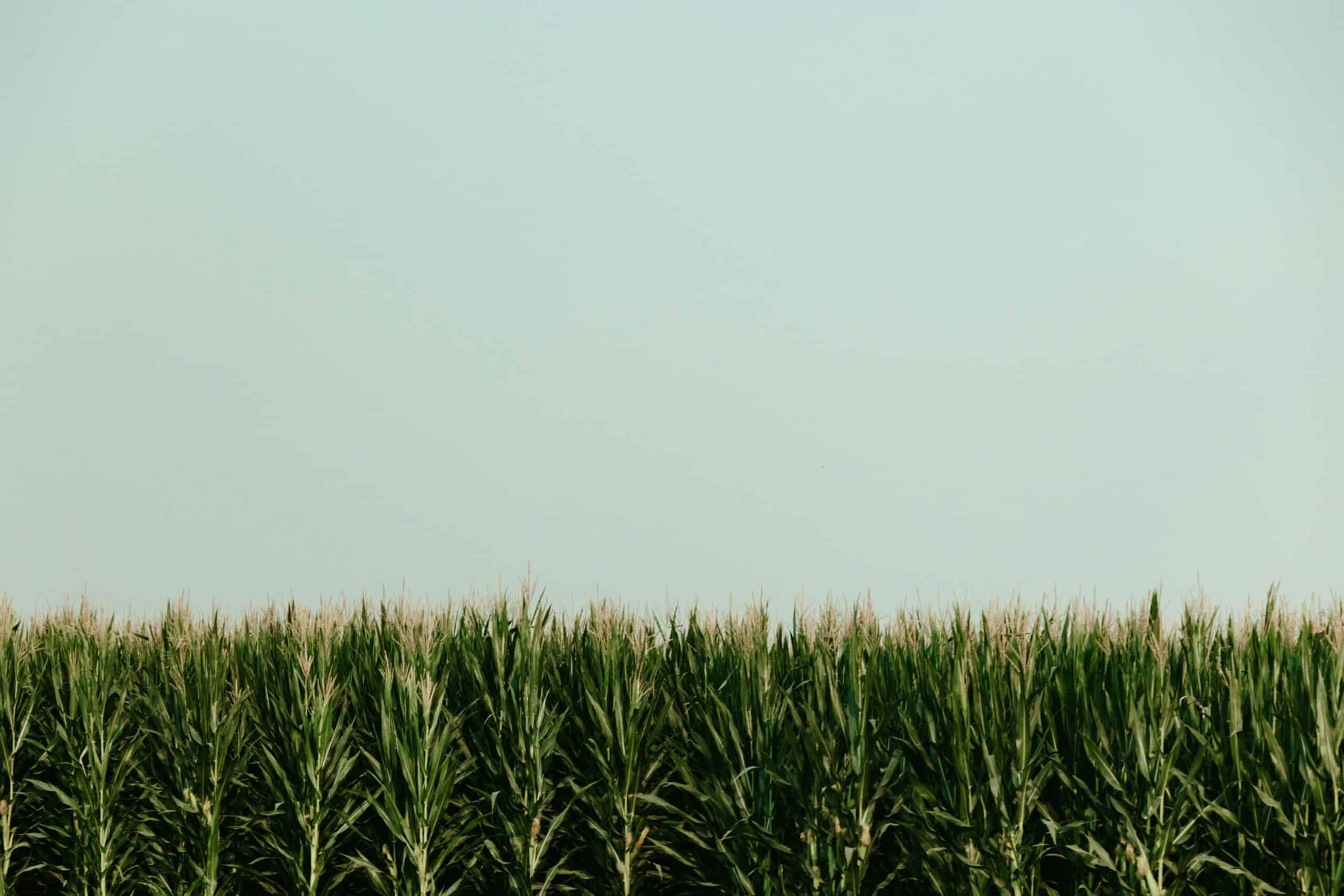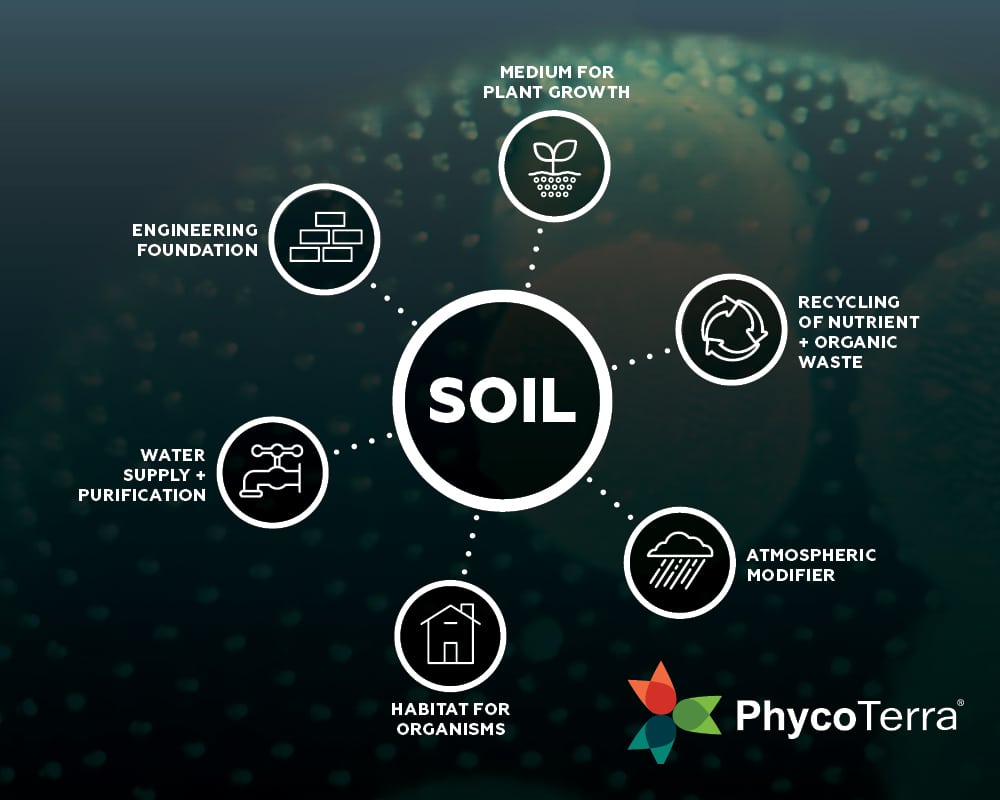Apr 11, 2025

In celebrating World Soil Day (Dec 5th) and the theme of stopping soil erosion, I wanted to remind you of the important role that soil plays in sustaining a healthy planet and, ultimately, our way of life. Starting at Heliae Agriculture this fall as the Director of Ag Science, it has been great to partner with a company whose mission is to assist with soil health and be able to bring our knowledge of creating a healthy soil microbiome to farmers everywhere.
Soils are a thin, biologically active skin that surrounds the Earth, ranging in thickness of just a scant fraction of an inch to several feet, depending on where one looks. Interestingly, soils consist of minerals of different origins, shapes and, sizes and include organic substances such as plant roots, living organisms such as earthworms, and an impressive milieu of exudates, secretions, and molecules in various states of use and decomposition. Perhaps even more bizarre is that a soil exists as multiple states of matter, often within a short distance (e.g., solid, water, and gas).
Soil is a non-renewable resource as its formation is on a time scale that outpaces multiple human generations. The slow generation of soil and, conversely, the rapid degradation of the same soil body make soils a natural fit for conservation efforts. Most folks are familiar with what a soil can do for them personally. For example, a good soil can provide a media to produce agriculture goods (e.g., food and fiber) and serve as the foundation for large buildings and houses. Some less apparent uses of soil slide into view when you take a step back.
It is important for the global ecosystem services provided by soils to include the regulation of water and wastes, nutrient cycling, and the quiet support to keep natural areas thriving where we hike, bike, and picnic. When you add all these functions and uses up, one can begin to appreciate the ability of the soil system to provide ecosystem services which are the products of soil ecosystems that supports and fulfills the needs of human beings. In fact, the services provided by soil to humans has an estimated annual value of $17 trillion (https://www.soils.org/files/science-policy/issues/reports/sssa-soils-eco-serv.pdf). Healthy soils are crucial for maintaining these ecosystem services and supporting the current and future activities of our population.
With that said, global soil ecosystem services are imperiled. So in celebrating World Soil Day, we recognize one of the major threats to soil function and the provision of goods we derive from it. Global topsoil losses, often from wind, rain, and human activities, are thought to transport a staggering amount of sediment to our lakes, rivers, and oceans. Furthermore, global soil carbon stocks have also been reduced, which has impacted soil structure, water holding capacity, and soil biological diversity. While the degradation of soil from erosion is a serious threat to humanity, there is still yet hope to improve soil quality, especially in the agricultural sector.
Thanks for joining us to celebrating World Soil Day, stay tuned to this blog the next few months as we explore how we can help increase the capacity of our soils to provide ecosystem services and what steps can be taken to reduce soil degradation (e.g., erosion and carbon loss). Our research at Heliae Agriculture has led to create a quality microalgae product for a variety of sustainable soil solutions. To learn more about our Soil Microbe Food, PhycoTerra and how it enhances the marketable yield value and benefits the soil through increased carbon and water efficiency, click here.

Image likeness – Soil function and ecosystem services (Brady and Weil 2018).
Preserving the Future of Farming

Learn more about our mission to keep farming economically and ecologically sustainable.
Learn MoreJoin our mailing list to learn more and receive special promotions.
© 2025 Heliae Development, LLC DBA PhycoTerra®.
All Rights Reserved. | Sitemap
